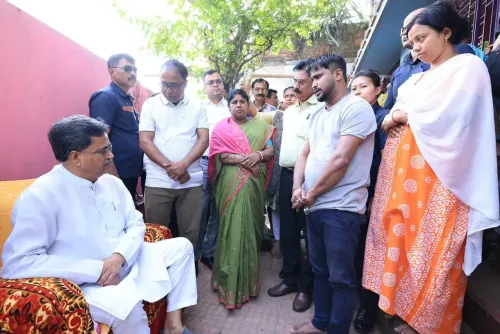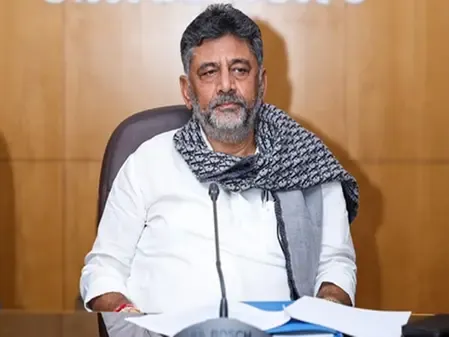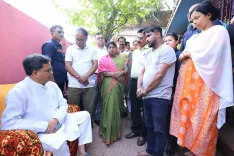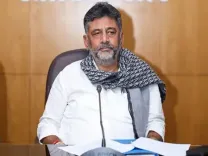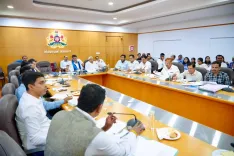Did NSA Doval and Wang Yi Establish New Mechanisms for Peace and Delimitation?

Synopsis
Key Takeaways
- Diplomatic Engagement: The meeting signifies a strong commitment to dialogue.
- Peace and Stability: Acknowledgement of ongoing peace along the LAC is crucial.
- Five-Point Framework: A structured approach to boundary issues is essential.
- Expert Group Formation: Targeted discussions may yield quicker resolutions.
- Future Talks: Scheduled talks indicate ongoing diplomatic efforts.
New Delhi, Aug 20 (NationPress) In a pivotal diplomatic encounter aimed at strengthening bilateral relations and progressing the long-standing boundary resolution, National Security Advisor Ajit Doval welcomed Chinese Foreign Minister Wang Yi for the 24th round of the Special Representatives’ dialogue concerning the India-China Boundary Question.
The discussions, which took place on August 19, followed Wang Yi’s two-day official visit to India, where he also engaged with External Affairs Minister S. Jaishankar and Prime Minister Narendra Modi.
This dialogue signifies a renewed phase of collaboration between the two Asian powers, building on the consensus established during the Kazan summit in October 2024.
Both parties recognized that peace and stability have largely been maintained along the Line of Actual Control (LAC) since the previous round of discussions, emphasizing the necessity to sustain this momentum to encourage broader bilateral cooperation.
National Security Advisor Doval and Wang Yi reached an agreement on a five-point framework to enhance coordination and navigate the complex boundary issue.
Firstly, they reiterated the significance of addressing the boundary question through a political perspective, aspiring for a fair and mutually agreeable settlement in accordance with the 2005 Agreement on Political Parameters and Guiding Principles.
Secondly, an Expert Group will be constituted under the Working Mechanism for Consultation and Coordination (WMCC) to investigate “Early Harvest” opportunities in boundary delimitation, targeting areas where a consensus is more likely to be reached.
Thirdly, a dedicated Working Group will be established under the WMCC to improve border management protocols and ensure ongoing peace along the frontier.
Fourthly, both nations consented to broaden the General Level Mechanism (GLM) beyond the Western Sector to include the Eastern and Middle Sectors, with an initial meeting planned for the Western Sector to assess progress and implement new measures.
Lastly, both countries committed to utilizing existing diplomatic and military frameworks to initiate discussions on de-escalation, commencing with the development of guiding principles and modalities.
The discussions were characterized as candid and constructive, reflecting a mutual desire to transcend past challenges—including the Galwan Valley clashes of 2020—and rebuild trust through structured dialogue.
The subsequent round of Special Representatives’ talks is projected to occur in China in 2026.

